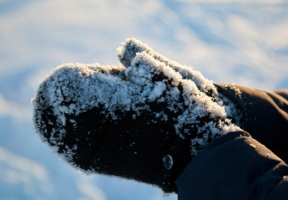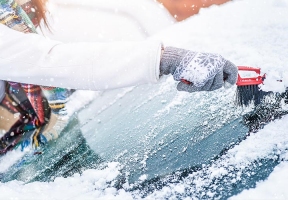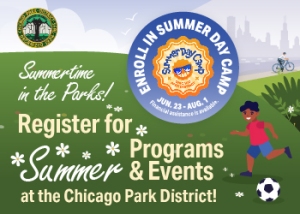

Courtesy of the American Red Cross
Stay Safe Outside
• Wear layers of clothing, a hat, mittens and waterproof, insulated boots.
• When shoveling snow, do a few stretching exercises to warm up your body. This will reduce your chances of muscle injury.
• Avoid overexertion, such as shoveling heavy snow, pushing a vehicle, or walking in deep snow. The strain from the cold and the hard labor may cause a heart attack. Sweating could lead to a chill and hypothermia.
• Check on your neighbors, especially elderly people living alone, people with disabilities and children.
• Bring pets indoors. If they can’t come inside, make sure they have enough shelter to keep them warm and that they can get to unfrozen water.
• Watch for hypothermia and frostbite. Hypothermia symptoms include confusion, dizziness, exhaustion and severe shivering. Frostbite symptoms include numbness, flushed gray, white, blue or yellow skin discoloration or waxy feeling skin.
Winter Travel Safety
• Give your full attention to the road.
• Don’t follow other vehicles too closely. Sudden stops are difficult on snowy roadways.
• Don’t use cruise control when driving in winter weather.
• Don’t pass snow plows.
• Ramps, bridges and overpasses freeze before roadways.










